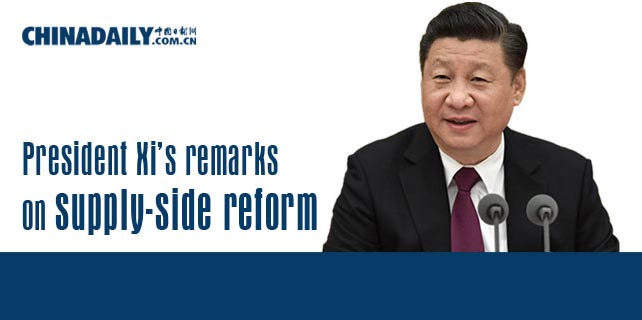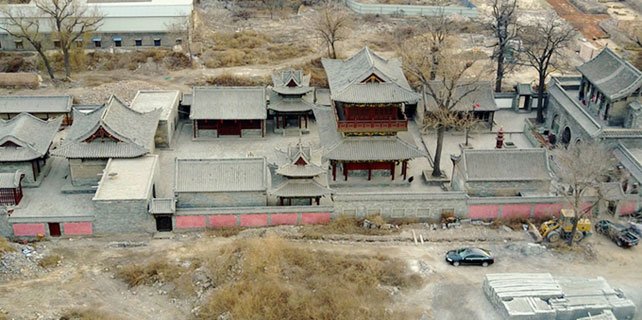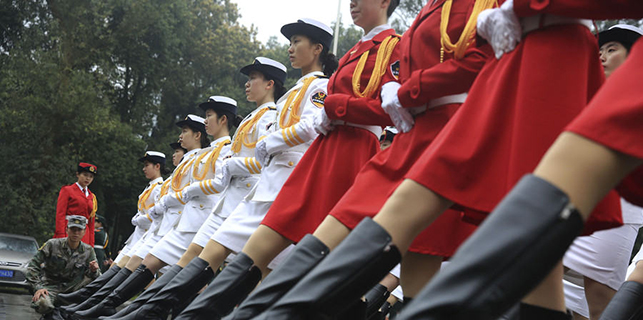China data batch: A strong start to 2017
Providing a fillip to global sentiment, China’s economic growth picked up in the first two months, reflecting stronger investment and exports as well as restocking in industry, even as consumption growth eased.
Following the solid data for the start of the year and the signaling of a slightly more dovish policy stance during the recent NPC compared to what we had expected, we now expect GDP growth to slow to 6.5 percent this year, up from 6.3 percent before.
Investment momentum improved, with nominal fixed asset investment (FAI) growth picking up to 8.9 percent year-on-year in January-February, from 7.9 percent year-on-year in the fourth quarter of 2016 (and only 6.3 percent year-on-year in December 2016). FAI in manufacturing disappointed. But infrastructure FAI growth seems to have been solid. Meanwhile, real estate activity surprised on the upside. In spite of purchasing restrictions in large cities and a strong base, housing sales rose 23.7 percent year-on-year in the first two months of 2017 as sales in smaller cities remained strong. Housing starts were up 14.8 percent year-on-year nationwide, in the first two months. Nonetheless, in part reflecting continued caution of developers, real estate FAI grew little in January-February, year-on-year.
Goods exports growth rose to 7.0 percent year-on-year in real terms in January-February, confirming that global demand momentum is strengthening. However, the expansion of household consumption slowed, with real retail sales growth down top to 8.1 percent year-on-year in January-February from 9.1 percent in Q4. Car sales growth slowed to 3.9 percent in the first two months.
Inventory developments have aided industrial production – the fall of inventories in industry throughout 2016 stimulated production in recent months, although inventories rose significantly in December. In all, growth of industrial value added (VA) picked up to 6.3 percent year-on-year in January-February. While mining output continued to fall on a year ago, growth of manufacturing VA strengthened to 6.9 percent year-on-year.
Consumer price inflation eased notably in February to 0.8 percent year-on-year from 2.5 percent year-on-year in January, underpinned by sharply lower food prices following the end of the Lunar New Year holiday. But PPI rose further to 7.8 percent year-on-year in February, driven by coal mining and heavy industries. Nonetheless, we expect the spurt in the PPI to run out of steam in Q2 2017 and forecast CPI inflation to remain comfortably below the likely target of 3 percent in 2017, suggesting no major monetary policy implications.






















